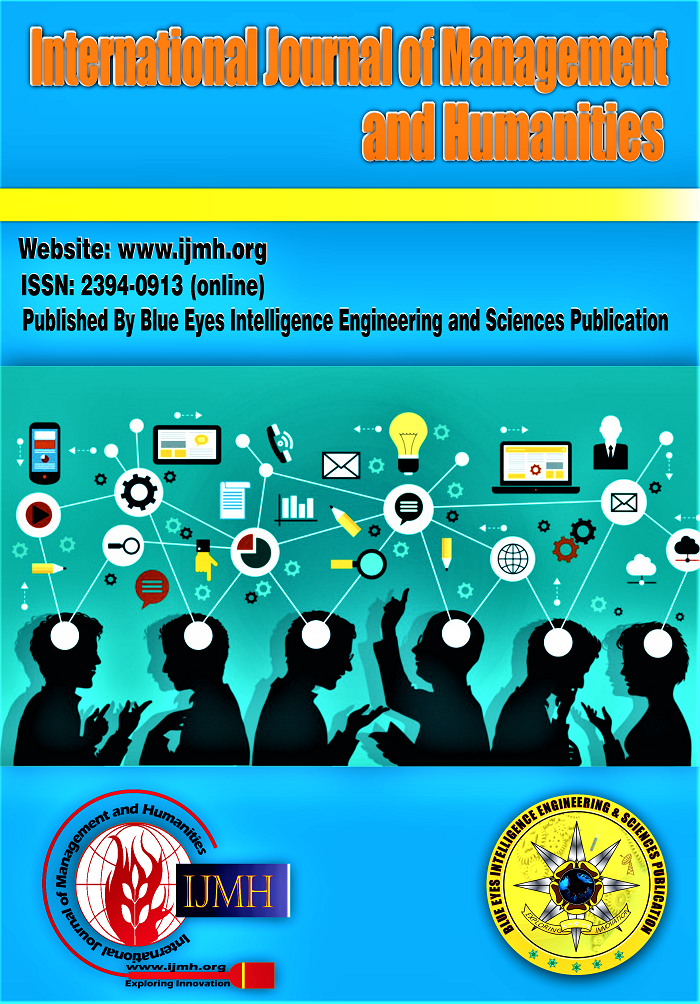Relationship Between Decision-Making Styles and Perceived Stress Among Postgraduate Students
Main Article Content
Abstract
This study examines the relationship between General Decision-Making Styles and perceived stress among adults to gain a deeper understanding of how decision-making processes influence stress levels. Employing a cross-sectional design, data were collected from 222 participants using validated self-report measures for General decision-making styles, which include Rational, Avoidant, Dependent, Intuitive, and Spontaneous decision-making styles, as well as the Perceived Stress Scale. Spearman’s rho correlation analyses revealed significant associations between certain decision-making styles and stress levels. The Dependent decision-making style was positively correlated with perceived stress (p < 0.001), suggesting that individuals who rely on others for decision-making may experience higher stress due to a perceived lack of control over their decisions. Similarly, the Intuitive style showed a moderate positive correlation with stress (p < 0.001), indicating that intuitive decision-makers may also be susceptible to stress. Conversely, Avoidant and Spontaneous decision-making styles showed no significant relationship with perceived stress, highlighting the nuanced impact of different decision-making styles on stress perception. These findings suggest that fostering adaptive decision-making approaches could play a role in stress management interventions. Future research should investigate causal relationships and consider the
Downloads
Article Details
Section
How to Cite
References
AlJameel, A. H., Talakey, A. A., AlFarhan, G., Qadoumi, M., AlNowaiser, N., AlShibani, Y., & AlMalki, S., Perceived stress among dental students and the role of parental influence in career decision-making, National Library of Medicine, (2023).
https://onlinelibrary.wiley.com/doi/pdf/10.1002/jdd.13494
Cohen, S., Kamarck, T., & Mermelstein, R. (1983). Perceived Stress Scale. https://www.mindgarden.com/documents/PerceivedStressScale.pdf
Byron, J., & Chester, A. (2017). A literature review of the factors affecting stress in higher education. Journal of Further and Higher Education, 41(5), 681-702.
DOI: http://dx.doi.org/10.54254/2753-7048/23/20230456
Scott, S. G., & Bruce, R. A. (1995). Decision-making style: The development and assessment of a new measure. Educational and Psychological Measurement, 55(5), 818-831.
DOI: https://doi.org/10.1177/0013164495055005017
Eisenberg, D., Hunt, J., Speer, N., & Zivin, K. (2007). Mental health service use among college students in the United States. Journal of Nervous and Mental Disease, 195(7), 583-591.
DOI: https://doi.org/10.1097/nmd.0b013e3182175123
Elias, H., Ping, W. S., & Abdullah, M. C. (2011). Stress and academic achievement among undergraduate students in Universiti Putra Malaysia. Procedia-Social and Behavioral Sciences, 29, 646-655.
DOI: https://doi.org/10.1016/j.sbspro.2011.11.290
Lazarus, R. S., & Folkman, S. (1984). Stress, appraisal, and coping. Springer Publishing Company. DOI: https://doi.org/10.1007/978-1-4419-1005-9_215
Hysenbegasi, A., Hass, S. L., & Rowland, C. R. (2005). The impact of depression on the academic productivity of university students. Journal of Mental Health Policy and Economics, 8(3), 145. https://pubmed.ncbi.nlm.nih.gov/16278502/
Mann, L. (1972). Differences between reflective and impulsive children: The implications of a model of information processing for human development. Australian Journal of Psychology, 24(1), 1-9. https://pubmed.ncbi.nlm.nih.gov/4705554/
Furnham, A., & Chamorro-Premuzic, T. (2004). Personality and attitudes towards business ethics. Journal of Business Ethics, 54(2), 151-159. DOI: https://doi.org/10.1016/j.lindif.2003.08.002
Epstein, S., Pacini, R., Denes-Raj, V., & Heier, H. (1996). Individual differences in intuitive-experiential and analytical-rational thinking styles. Journal of Personality and Social Psychology, 71(2), 390. https://psycnet.apa.org/record/1996-06400-015
Payne, J. W., Bettman, J. R., & Johnson, E. J. (1993). The adaptive decision maker. Cambridge University Press. DOI: https://doi.org/10.1017/CBO9781139173933
Ferrari, J. R., Johnson, J. L., & McCown, W. G. (1995). Procrastination and task avoidance: Theory, research, and treatment. Springer Science & Business Media. DOI: https://doi.org/10.1007/978-1-4899-0227-6
Baron, J. (2000). Thinking and deciding (3rd ed.). Cambridge University Press. https://psycnet.apa.org/record/2001-00451-000
Selye, H. (1956). The stress of life. McGraw-Hill. https://psycnet.apa.org/record/1957-08247-000
Bowman, M. A. (1990). Coping efforts and educational satisfaction among Black graduate students. Journal of College Student Development, 31(1), 41-48.
Humphrey, N. (2013). Social and emotional learning: A critical appraisal. Sage. DOI: https://doi.org/10.4135/9781446288603
Dyrbye, L. N., Thomas, M. R., & Shanafelt, T. D. (2006). A systematic review of depression, anxiety, and stress among medical students. Academic Medicine, 81(4), 354-373. DOI: https://doi.org/10.1097/00001888-200604000-00009
Tugade, M. M., & Fredrickson, B. L. (2004). Resilient individuals utilise positive emotions to recover from negative emotional experiences. Journal of Personality and Social Psychology, 86(2), 320. DOI: https://doi.org/10.1037/0022-3514.86.2.320





